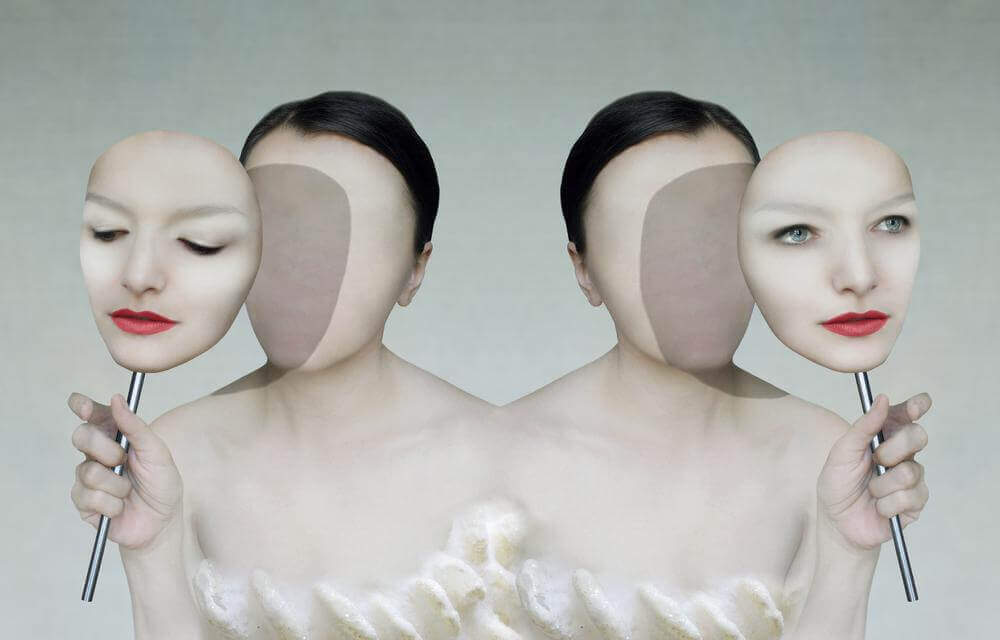Of course, this happens to you too: every time you meet a friend or acquaintance you say that your life is going very well, if you stop to look, every time you access social networks, you will find countless profiles that reflect prosperity. Precisely to put into perspective this partial and biased exhibition, it may be interesting to see the world from the point of view of Erving Goffman and his theory of social action.
Goffman has created a great work in which he tackles a complex theme: the creation of the human personality through its interaction with the environment. For this sociologist, much of everyone’s behavior depends on their relationships with others.
- Before proceeding.
- It is worth shedding light on the figure of Erving Goffman.
- This man was a Canadian psychologist and sociologist who died in 1982.
- He left.
- Leaving a great legacy that we will explore today.
Throughout his professional career he has devoted much of his energy to participatory observation to study human behavior, his work has given rise to theories about social interactions and the place of each person in a social hierarchy.
During his activity, Goffman published several prestigious books. Some of the titles that stood out were “Stigmas”, 1963, “Public Relations”, 1971 and “The Representation of the Self in Daily Life”, from 1957.
Let’s move on to the theory of social action of Erving Goffman, who, as we said earlier, argues that human behavior depends on his personal parameters and relationships, so we are all immersed in a constant management of our image in front of other people. the world.
This interaction that each individual maintains with his environment impels him to seek the definition of each situation in order to control it, in this way we try to manage the impressions that others are forming about us.
In this case, we could say that we are actors who play our part in front of an audience that may be made up of one or more people, it seems obvious to believe that Goffman is right in this detail, because we are all trying to project a favorable image attitude for others. That you’re trying to love, please, sympathize, make us hate? We all act trying to be aware of the desired image.
For Goffman, and always in light of his theory of social action, during interaction what we really seek is to create impressions that form interference in the public, we do so because we think that these interferences will benefit us, because we will try to reflect on them the aspects of our identity that we want to communicate; they will also show our intentionality.
Under Goffman’s theoretical parameters, each individual manages their relationships trying to adapt to the sense of public image they would like to project, in this way creates their own successive projections that will be present in one way or another in communication with their potential partners.
To better understand, let’s say we want to make a good impression on someone and do it like us, for this we will create and project for this person an image that we consider the best of us.
By delving deeper into this theory and its examples, psychologists like Rafael Ramarez Lago consider it excellent to study the projections we make on our social networks, in this sense we could say that we try to create our own presentations that reflect a positive image through videos and photographs that show our happiness.
In this way, the theory of social action would explain the different roles that we play according to the demand of each of our social interactions and the image that we want to project, in this way we would look for benefits, we would find a good social home and, finally, find our own. place in the world.
However, for Goffman, this type of interaction results in a set of representations that would never convey the real identity, only the dream, desired or desired.
In other words, human beings could even be identified as a kind of autonomous audience. We use our interpretation as a marketing campaign to show others the best of us.
Finally, we would like to point out that Goffman’s theory of social action is aesthetic and raises doubts Do we really like that?Is our social world focused on the image we want to project, are social media a theoretical speaker?
I don’t have the answers, but 2 billion people have a Facebook profile and the fact that most of these profiles have a positive bias is perhaps a sign that this psychologist was on the right track.

